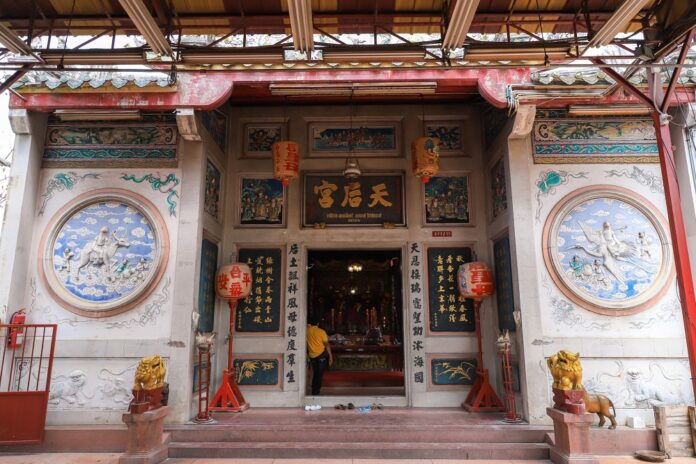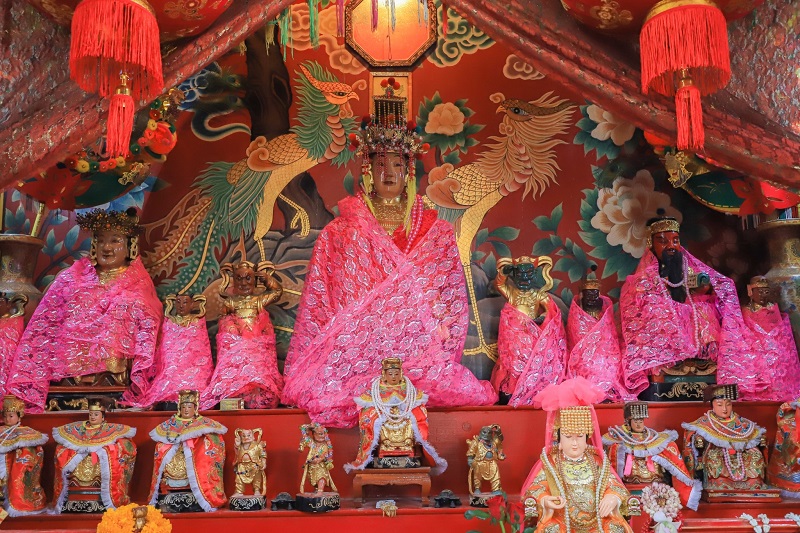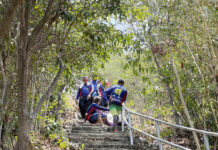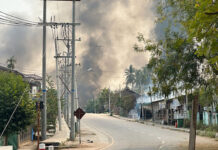
BANGKOK — Chulalongkorn University on Friday defended its decision to demolish a historic Thai-Chinese shrine on its property to clear the land for new condominiums and dormitories.
In a statement released by the university’s estate office, the Chao Mae Tabtim Saphan Luang Shrine will be rebuilt at a new location close to the original site within six months, with a reopening date set in December. The university also said the reconstruction will respect the shrine’s traditional architecture and spiritual connection with the community.
“The project being looked after by preservation-minded architects and engineers with a proven track record,” the statement said. “It takes into consideration both contemporary designs and its original structure as well as proper feng shui decisions made by an expert.”
The new shrine, set to be built close to the university’s park, will be environmentally friendly, with real incense sticks replaced by electric ones to reduce air pollution. A new incinerator will also reduce the amount of PM2.5 dusts when burning gold and silver papers for ancestral worship.
The old shrine will be replaced by three new buildings including apartment for rents and dormitory rooms totaling 1,803 units, according to documents released by Chulalongkorn.

The university’s decision to demolish the original shrine, whose history went back at least for a century, was met with protests from the community around the site and activists who accuse Chulalongkorn of prioritizing profits over local heritage.
The current shrine keeper Penprapah Suansom pledged to confront the demolition process, which is planned for Monday. The new shrine will not have a living space for her and her family, but university officials said Penprapah has been offered a discounted accommodation nearby, which she refused.
Chulalongkorn University student activist Netiwit Chotiphatphaisal is also leading a protest against the relocation plan. Netiwit said both old buildings in Chulalongkorn’s neighborhood and new highrises can co-exist side by side, citing examples in Singapore.
But the university said the original artwork will be preserved for future generations in the relocation efforts. For instance, major plastered facades that contain bas relief from the old shrine which is around six-decades old will be extracted, restored and installed at the new shrine. Chinese scripts will be translated into Thai and placed on display.
A geomancy master was also consulted in choosing a new location, which will face the auspicious eastern direction.
“This is a creation for the society, community and for a better and more sustainable way of life,” the statement said.

















































